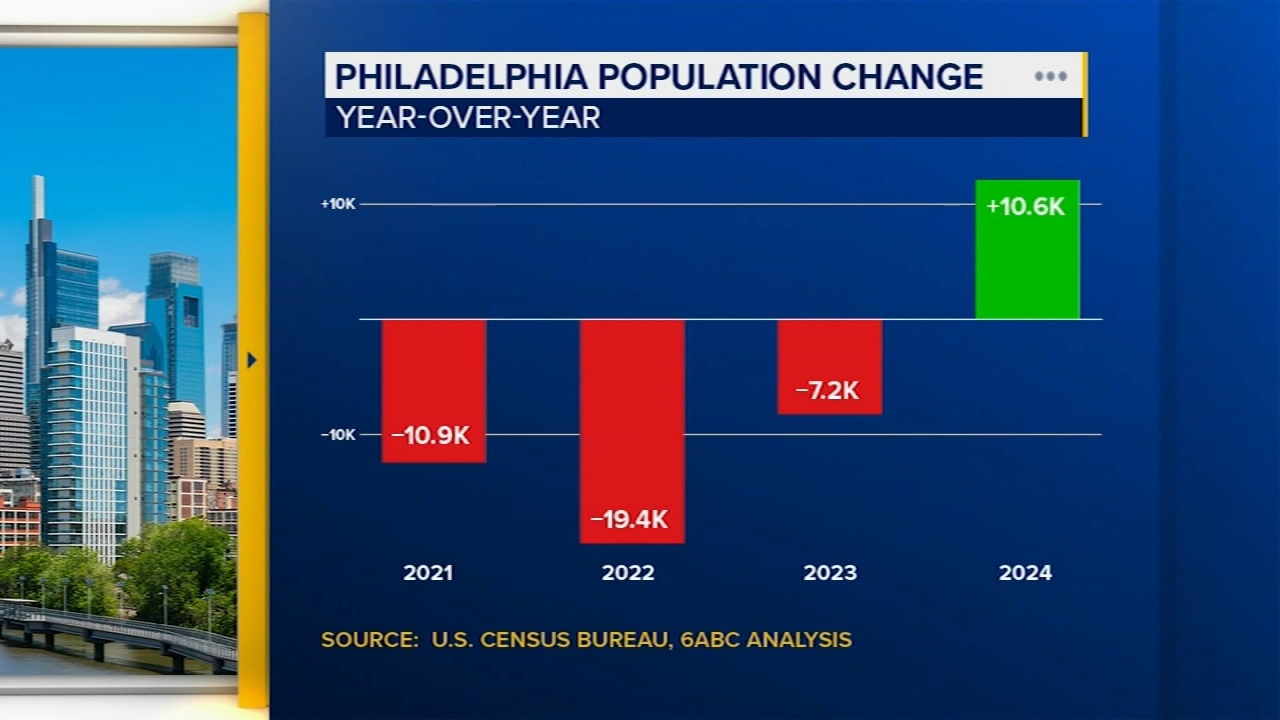Consumer Reports: Solving home wi-fi problems

Many homes have wi-fi dead zones, where your wireless devices can't get an internet connection.
That's been the case for years for Amy Greenstein.
Like many people, Amy gets internet service through her cable provider. The signal comes in through a modem that connects to a router. Then the signal is sent wirelessly through the house. So what can go wrong? Plenty.
Consumer Reports says, start with where your router is placed. "Router signals do not go through walls that easily," said Consumer Reports' Rich Fisco. "So the fewer walls, the fewer closed doors, fewer floors that signal has to travel through, the better the chances are of getting the signal to cover your entire house."
So if you're having trouble, try moving your router and modem to the middle of your home. Your service provider may be willing to re-run the cable where you need it.
Also, check your service plan to make sure you're getting enough internet speed. For U.S. homes, 10 Mbps is average, but you'll need 20 Mbps or more if you're playing games online or streaming a lot of high-definition movies at once.
Consumer Reports says if you're paying for enough speed and you're still having trouble getting adequate coverage, there's a good chance the problem could be your router. In that case, a newer, faster router could help.
One to look at is Netgear's AC1900 Nighthawk. Consumer Reports says it's good for larger houses and will handle several devices that are using wi-fi simultaneously. It costs $185.
For far less, Consumer Reports also recommends the Netgear N-750. It costs $90 but doesn't use the latest technology for the absolute fastest speed.






